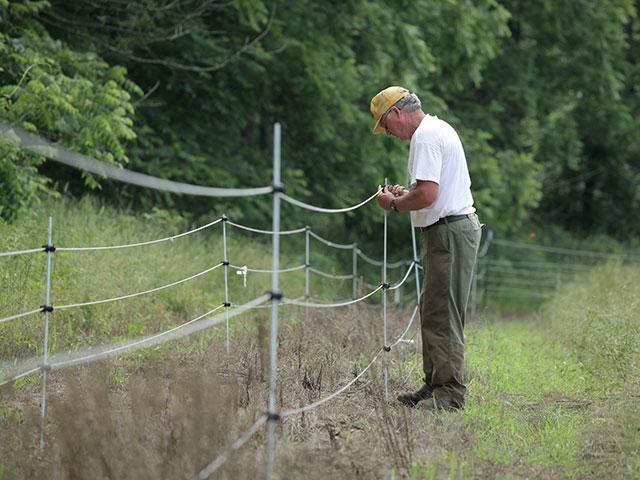Ask the Vet
Visit From Neighbor's Bull Raises Concerns About Trichomoniasis Infection
READER QUESTION:
We have a neighbor who does nothing to manage his cattle. He bought an older, Brangus-type bull at a sale barn this past summer. That bull has jumped the fence several times. I'm worried about trichomoniasis (trich) infecting our cow herd. Should we test our cows? Is there anything we can do to protect our herd?
DR. MCMILLAN'S ANSWER:
I am sure you've heard the one about how good fences make better neighbors, but some bulls just do not have much respect for a fence.
P[L1] D[0x0] M[300x250] OOP[F] ADUNIT[] T[]
If you haven't already done it, I would recommend adding "hot" wires to the fence. Most recommendations call for a voltage of at least 2 to 3 kilovolts (KV) for cattle, but for a bull, I really like 5 KV or more. This may help solve future problems, but it doesn't address your current concerns.
Let's talk about trich testing for cows. It is very difficult, and most experts feel culturing cervical fluids is very unreliable. While a positive test means the cow is infected, a negative test does not mean much. So, if that bull was in the herd, he ideally should be cultured -- maybe as many as three times, at two-week intervals. Testing the bull that jumped the fence might give you the best answer diagnostically speaking, but under the circumstances you describe, it might not even be possible.
I will climb back onto one of my soapboxes and point out that this is another reason for a controlled calving season. Trich causes early embryonic death (EED) and, less frequently, fetal death and abortions. EED is a silent thief since there are no visible signs when this occurs. Most cows will clear themselves of infection within three months. If bulls are in with cows year-round, delayed or repeat breeding resulting in a spread-out calving season can be hard to track. But if you have a 60- to 90-day breeding season and you're preg-checking cows 45 to 60 days after the bull comes out, you'll know there's reason for immediate concern when those pregnancy rates take a nosedive. Additionally, your veterinarian may note increased numbers of nonpregnant and abnormal reproductive tracts from metritis, pyometra, or mummified fetuses.
Kansas State University has a program called Trich Consult (www.ksubci.org/trich-consult/) that can help both veterinarians and producers in creating trichomonas control, prevention and eradication strategies for individual herds.
That said, there are lots of reasons for poor conception rates that have nothing to do with trich. Trich is certainly one reason, but at the end of the day, no matter the cause, immediate and aggressive action to turn things around can save your season.
**
Write Dr. Ken McMillan at Ask the Vet, 2204 Lakeshore Dr., Suite 415, Birmingham, AL 35209, or email vet@progressivefarmer.com.
(c) Copyright 2023 DTN, LLC. All rights reserved.





